Crows symbolize cleverness, association with magic, the occult, and also protection and guardianship. Their behaviors and habits as a scavenging bird gave them a bad reputation as a bird of bad omen. However, they have remarkable problem-solving abilities and keen observation of their surrounding that even humans have to admire. They are also associated with the mystical realm and can be messengers between worlds.
In this article, we will explore the crow symbolism in cultures and societies around the world. Additionally, we will delve into their spiritual significance, revealing the deeper meanings of crows through mythologies.
What Do Crows Symbolize?

Bad Omen
The crow is adorned in black feathers, the color of mourning and darkness, so it is often regarded as the messenger of the night, of the underworld’s darkness, of deathly misfortune, ill omens, and bad luck, contrasting the white dove, a symbol of peace. The black crow is associated with evil and fear. If the swan represents beauty, purity, and elegance, then the crow is an incredibly ugly image.
But the crow symbolism as a bad omen did not originate solely from its appearance. They are scavengers, often feeding on decaying flesh of dead animals and garbage, which has led to their association with negative symbolism. Whenever crows appear, or hearing the cawing of a crow, people immediately know that death is near them. In many cultures, the sight of a crow is believed to foretell misfortune, death, or impending danger.
Read More: Wolf Symbolism Across Cultures
In England, sighting a solitary crow is a warning of impending misfortune, while hearing the hoarse caw of a crow signifies bad weather. If a crow caws three times (caw! caw! caw!) and flies over a house, it is an omen of death. Spotting a crow in a cup of tea is considered an illness, but conversely, encountering a dead crow is seen as a sign of good luck.
Crows appearing in dreams are often interpreted as foretelling inauspicious events. Therefore, in the collective psyche of some cultures, crows hold negative symbolic meanings associated with misfortune, horror, filth, and connections to witchcraft. In India, crows are also associated with being messengers of Death. In Laos, where water has been touched by a crow, it is strictly forbidden for purification rituals.
Theft

Crows are robbers, and they are intentional. When they identify a target, they’ll develop schemes to rob the objects they are targeting. Crows constantly seek opportunities to steal from others and adjust their strategies based on whether their target is a crow relative or not. They behave politely towards family members, positioning themselves close in order to receive food handouts. Eventually, the related crow succumbs and shares its food. However, when dealing with unrelated individuals, all notions of feeding manners are disregarded. They become true robbers.
To achieve their objectives, these thieves resort to aggression, using vocalizations and physical contact to intimidate their victims. Not just food, crows also love to steal shiny objects or small items. Their inclination to collect and hoard such items has given rise to the belief that crows are attracted to stealing. In some ways, they mirror negative human behavior.
Read More: Fox Symbolism Across Cultures
Death
In certain Western epics, crows are also the creatures that herald the death of heroes in great battles. They often travel in pairs and frequently appear before the women who are the mothers or wives of the heroes to deliver ominous news. Nowadays, Westerners still consider crows as embodiments of ill omens.
The French believe that crows are the souls of wicked priests. Germans view crows as embodiments of cursed souls. In Russia, witches are believed to take the form of crows. Meanwhile, in Sweden, the crow’s call at night signifies that the soul of the deceased has not been properly laid to rest. For the ancient Celts, the crow is a harbinger of death and conflict.
Read more: 30 Symbols of Death And Their Meaning
Protection
Despite their negative meanings, crows still carry the meaning of a protector for souls. They are the messengers between the living and the dead, and they accompany souls to the afterlife safely. In various Native American tribes, crows are believed to possess wisdom and intelligence. They are considered protectors of the land and act as messengers between the spirit world and the physical world.
Read more: 25 Symbols Of Freedom & Their Meaning
Crow Symbolism Across Cultures
1. Crows in Greek Mythology
In Greek mythology, ravens are associated with Apollo, the God of prophecy. They are considered a symbol of bad luck and were messengers of the gods in the human realm. According to the myth, Apollo sent a white raven, or crow in some versions, to spy on his lover, Coronis. When the raven returned with news of Coronis’ infidelity, Apollo, in his anger, burned the raven and turned its feathers black.
According to Livy, the Roman general Marcus Valerius Corvus (c. 370–270 BC) had a raven perch on his helmet during a battle with a giant Gaul. The raven’s presence distracted the enemy by flying in his face.
2. Crow symbolism in Hinduism
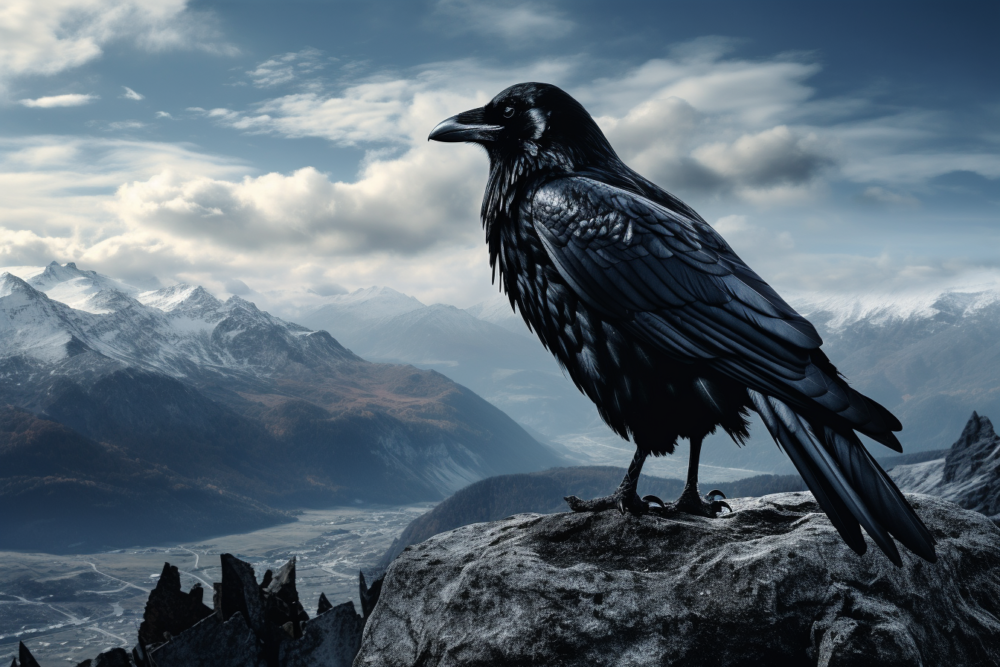
Bhusunda, the wise crow, is a prominent character in the Yoga Vasishta. His story unfolds within the realms of profound wisdom and timeless knowledge. Living on the Kalpavriksha, a celestial tree, near the majestic Mount Meru, Bhusunda embodies the essence of immortality. He is revered as a Chiranjeevi, one who transcends death itself, witnessing the endless cycles of creation and dissolution.
Bhusunda, along with his twenty siblings, descended from the mystical union of seven divine swans, the revered Vahanas of Goddess Brahmi. His father, the illustrious crow named Chanda, served as the noble vehicle of Goddess Alambusha. Throughout countless kalpas, Bhusunda and his siblings travelled through countless existence. Eventually, all his brothers renounced worldly attachments, attaining the exalted realm of Shivaloka.
As a crow, Bhusunda symbolizes the embodiment of wisdom in unexpected and ordinary forms. Crows are commonly associated with intelligence and keen observation, and Bhusunda’s portrayal as a crow emphasizes this idea.
3. Crow symbolism in Nordic mythology
In ancient stories, Odin, the highest god of knowledge, has two clever and loyal crows by his side. Their names are Huginn and Muninn, and they fly through different worlds, using their sharp minds and keen eyes to bring messages to Odin.
Huginn, which means “thought,” represents deep thinking and intelligence. He always seeks knowledge and insight, never giving up on discovering the truth. Muninn, meaning “memory,” holds onto wisdom and memories from all over the universe, never forgetting anything important.
Together, these birds travel across nine realms, gathering information and whispers of events. When Odin commands, they return to him, perching on his strong shoulders and whispering their discoveries in his ear. Through this special connection, Odin gains a deep understanding of the past, present, and future.
The crows are more than just messengers to Odin. They symbolize his own spirit, reflecting his all-knowing nature and divine essence. Their black feathers remind us of the secrets hidden within the universe, and their calls resonate with the wisdom of time.
4. Crow symbolism in Irish Mythology
Crows in Irish mythology take on a more valorant meaning. The Morrígan or Mórrígan is a figure from Irish mythology. She is commonly known as Morrígu, and her name translates to “great queen” or “phantom queen” in Modern Irish.
The Morrígan is closely linked to war and fate, particularly in predicting the outcomes of battles, whether it be doom, death, or victory. Often taking the form of a crow known as the badb, she stirs warriors into combat and aids them in defeating their enemies. The Morrígan inspires bravery in warriors, instills fear in their foes, and is depicted as washing the bloodstained garments of those destined to die. She is primarily recognized as a goddess of war and battle, as well as a manifestation of the earth and sovereignty goddess. Her role is mainly to safeguard the land and its people.
In mythology, the Morrígan is often described as a trio of sisters known as “the three Morrígna.” This trio consists of Badb, Macha, and the Morrígan, with the possibility of Anand being another name for the Morrígan. These names are believed to represent different aspects of the same goddess.
5. Crow symbolism in Christianity
The Bible mentions the raven as the first bird. When Noah, after the flood, released a raven from the ark to search for dry land, it did not come back (Gen 8:6-7). Although the raven found some food, Noah couldn’t determine the extent of the visible land. Later, Noah sent out a dove, which returned with a branch, indicating the restoration of the earth. However, the dove couldn’t find enough vegetation and came back.
6. Crow symbolism in Korean – Chinese culture

In Korea, there are legendary crows called “samjo-o” (three-legged crows) depicted in ancient tomb murals from the Goguryeo Period. These crows were believed to have spiritual significance, guiding people and foretelling the future.
During times of war on the Korean Peninsula, many people and soldiers lost their lives. In the winter, large flocks of crows would gather and feed on the remains, which was a shocking sight. Farmers saw crows as pests because they would eat or damage crops, especially when food was scarce. This behavior led to the perception of crows as opportunistic and cunning creatures.
Interestingly, since Korean culture was heavily influenced by Chinese culture, we can also see the appearance of the three-legged crow in Chinese mythologies. According to folklore, there were originally ten sun crows, each pulling a separate sun. They perched on a branch of a red silk tree called “Tilted silk tree,” located in the East beneath the Valley of the Sun. It was believed that this silk tree had many hollows opening from its branches. Every day, one sun crow would be assigned to travel the world on a chariot pulled by horses, ridden by Xihe, the ‘mother’ of the suns.
As soon as one sun crow returned, another would begin its journey across the sky. According to the Mountain and Sea Classic, sun crows preferred to eat two types of mythical immortal grasses. One was called “Sun beneath the earth,” and the other was “Spring Birth.” Sun crows would often descend from heaven to the mortal realm and feed on these grasses, but Xihe disliked this, so she covered their eyes to prevent them from doing so. Folklore also holds that around 2170 BCE, all ten sun crows appeared together every day, causing the world to be engulfed in a scorching drought. The archer god Hou Yi saved humanity by shooting down all the crows, leaving only one.
7. Crow symbolism in Japanese mythology

In Japanese mythology, Yatagarasu, the eight-span crow is believed to be a sign from heaven or the intervention of a divine spirit in human affairs. Although Yatagarasu is mentioned in certain places in Shintoism, the main depictions are mostly found in woodblock prints from the Edo period, dating back to the early 1800s. While not celebrated in modern times, the crow is a symbol of rebirth and rejuvenation; historically, this creature is said to have cleansed the aftermath of great battles, symbolizing the resurgence after such catastrophes.
Yatagarasu, as a divine crow, is a special symbol of guidance. This large crow was sent down from heaven as a guide for Emperor Jimmu on his first journey from the area that would become Kumano to the place that would become Yamato (Yoshino and later Kashihara). It is widely accepted that Yatagarasu is an incarnation of Taketsunimi no mikoto, but there are no surviving documents from the original literature that describe such characteristics.
Conclusion
In summary, crow symbolism holds great significance in cultures around the world. Crows are deeply symbolic and can be found in various cultural contexts. They often represent qualities such as intelligence, mystery, adaptability, and spiritual guidance. Crows serve as messengers between the physical and spiritual realms, connecting humans to the unseen world.
Furthermore, crows can symbolize transformation and the ability to navigate through challenges. They are associated with keen perception and the ability to find opportunities in unexpected places. The cultural importance of crows, as well as their presence in mythology and contemporary symbolism, highlight their enduring significance and the universal recognition of their profound qualities.

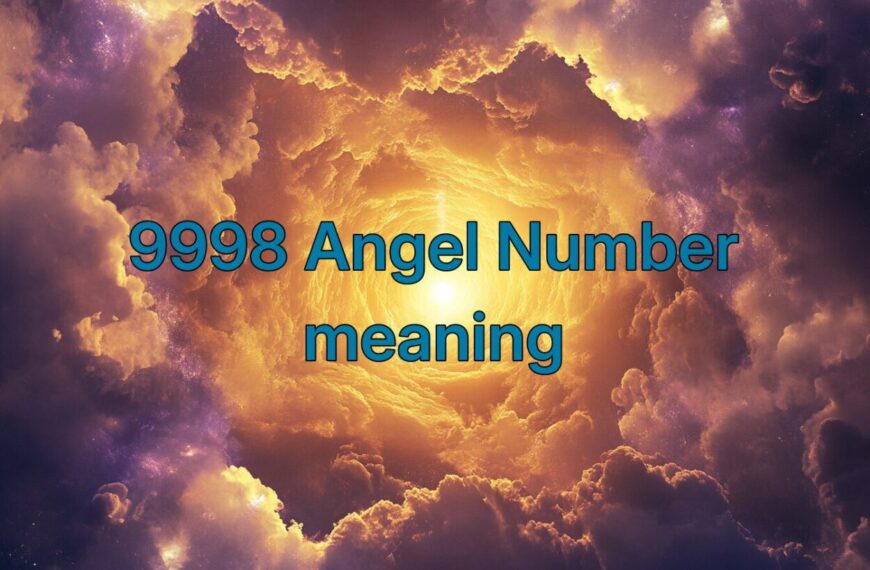
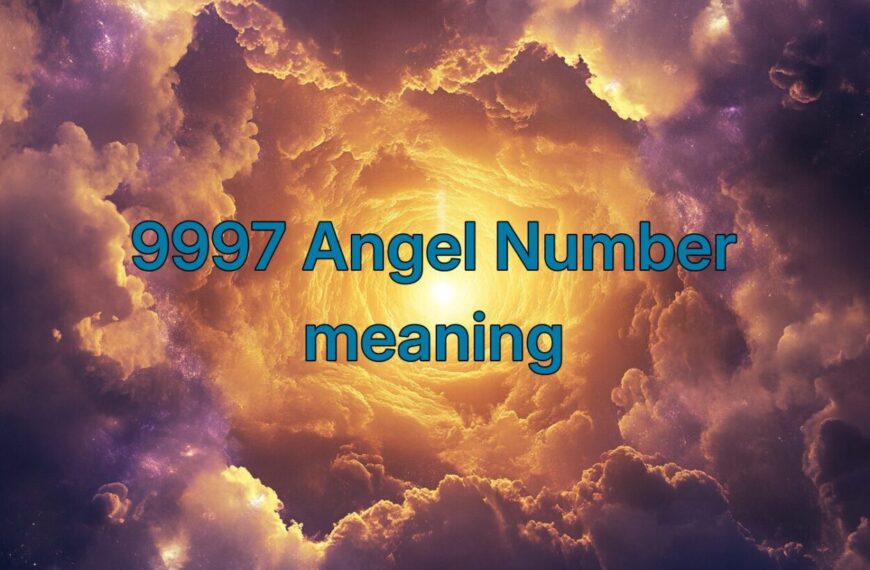
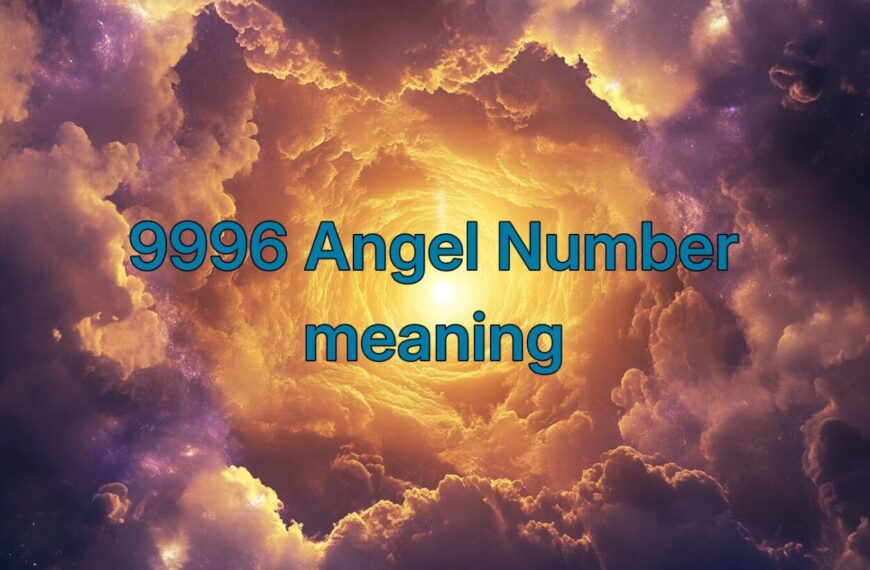
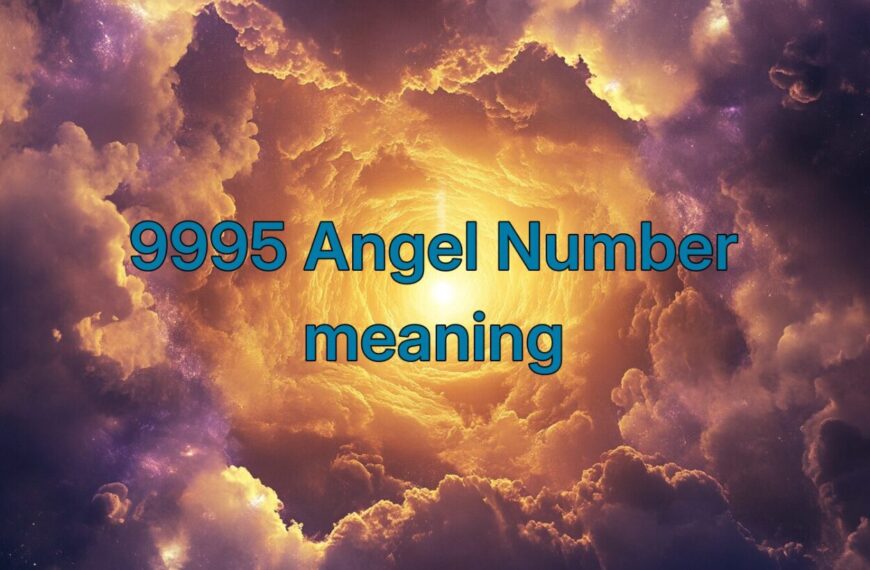

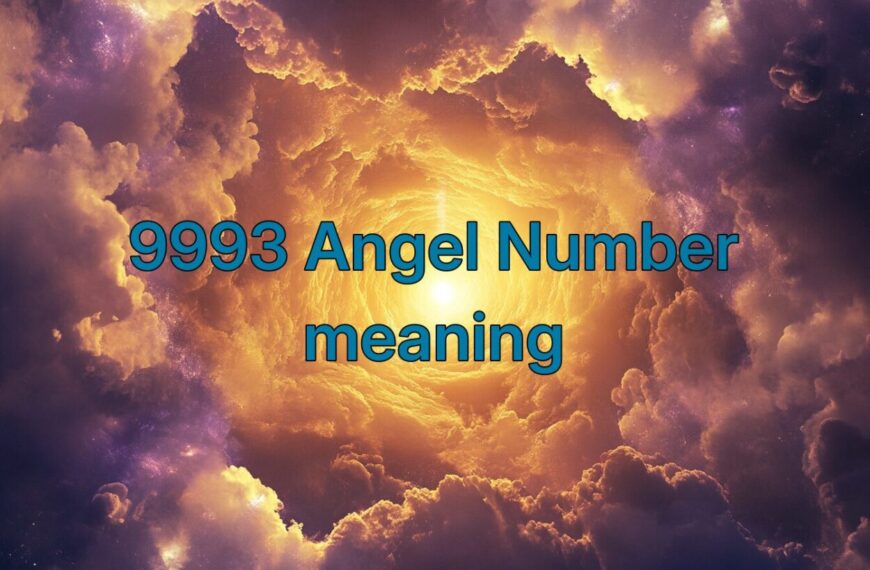
 using WordPress and
using WordPress and
Comments are closed